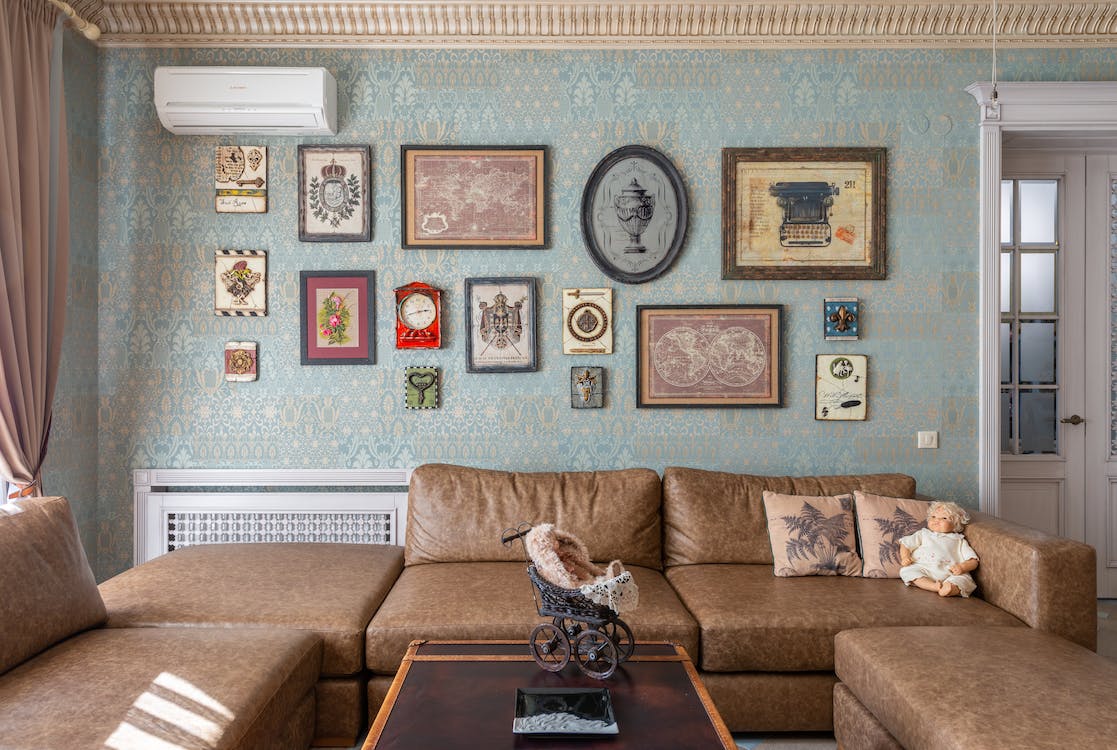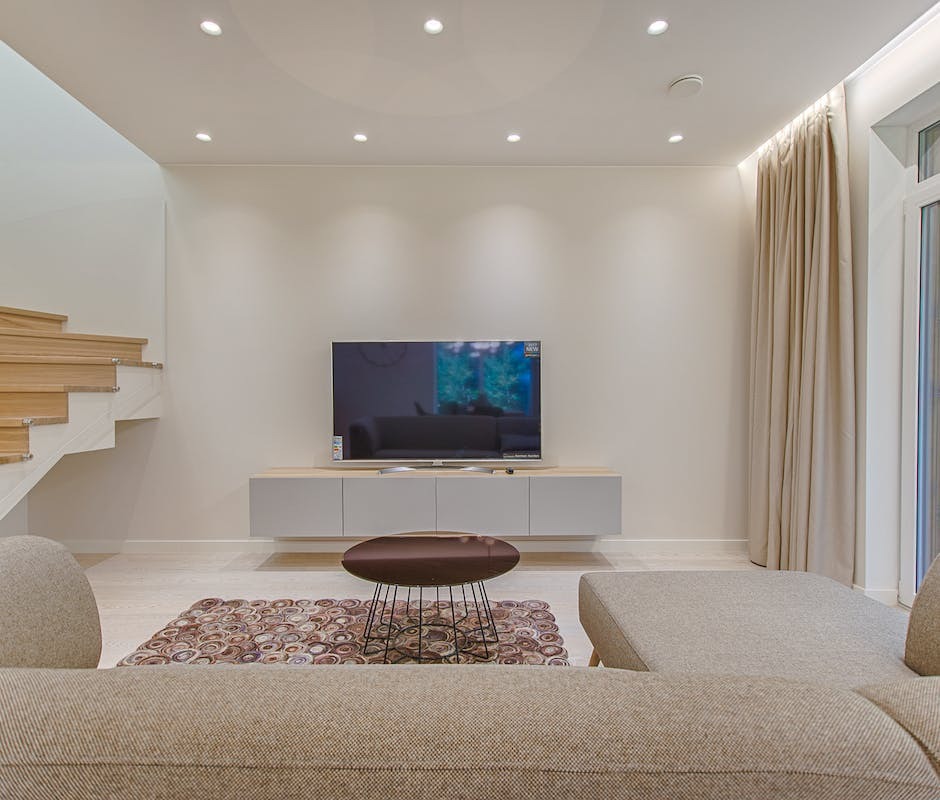Experiment With Color in your Home for an Exciting Twist on Interior Design Classics!
Are you looking for a way to break up your interior decorating rut? Have you been dreaming of adding a splash of color and interest to your home’s interior without completely overhauling it? Experiment with color to bring a twist to your interior design classics!
A well-chosen shade or two of vivid color on a matte white furniture palette can transform a room. By selecting a single color family and layering it in different intensities, you can look forward to more energy, more atmosphere, and more depth to your space. Even if you’ve been hesitant to bring too much color into your home, adding a few bold touches can liven up your home in ways you never expected!
To introduce color into your home, start small! You don’t have to commit to forever-decisions right away; take baby steps and try out different techniques and combinations. Painting a feature wall, installing colorful kitchen cabinetry, swapping out traditional pillows and throws for vibrant pop-hued accents, or adding a new brightly upholstered chair can all make a world of difference to your space.
If you’re feeling overwhelmed already, it’s okay – experimenting with color doesn’t have to be daunting! Once you have your base colors in place, experiment with adding pattern. A bit of layering with bright statement prints can take a room further and help you achieve a truly unique decorating look.
Multiply your Color Scheme Options
When adding color to your home, contrast can be your friend. By limiting a single, strong statement color in your room, you can choose from a wider range of combinations to use as accent colors. An emerald green armchair is the perfect bold contrast to light blush-colored walls, while rust touches jazz up traditional navy and white.
On the other hand, if you’re feeling a little sparke of creativity, don’t be scared to be bold and multiple colors beyond two. For example, combining two or three colors and enhancing them with additional brights and patterns can result in a room that is dynamic, vibrant and full of life.
When it comes to the creative choices for your home decorating, the possibilities are endless. Creating a color scheme is like playing an exciting game, so have fun with it and show off your personality!
Jumpstart with Classic Color Families
So how do you start your fun journey of experimenting with color? We recommend beginning your experiments with classic color families. Generous amounts of red and green make inviting living rooms, while cream and taupe offer soothing vibes in the bedroom. Blues and whites give a sense of serenity to your kitchen, and yellow and soft orange shades bring in an extra spark of life to any living area.
Your home décor should represent your individual style, so don’t be afraid to mix and match colors that may not be your first choice. Start with a few basics, then layer in colors and pieces with which you connect. Then inhale the exhilarating vibes coming from your room and enjoy the possibilities you’ve created!
Go Big or Go Home
When you take the plunge and start to experiment with color, go big or go home! Avoid tiny pops of color here and there. Instead, balance your two to three statement colors with lots of neutrals and white. This intentional strategy keeps your space bright with energy and allows the colors to truly shine.
If you want to take it up a notch, try matching colors instead of contrasting them. Everything from patterns to colors can be matched, and they work best when they are found in same intensity. For example, choose a bright bold wallpaper to create a look that is energetic but not overwhelming.
When you mix colors from the same family, it’s like creating the perfect recipe for a spectacular experience. An intensification of colors, shades, materials and textures can give a feeling of luxury and unique style that you can really call your own.

